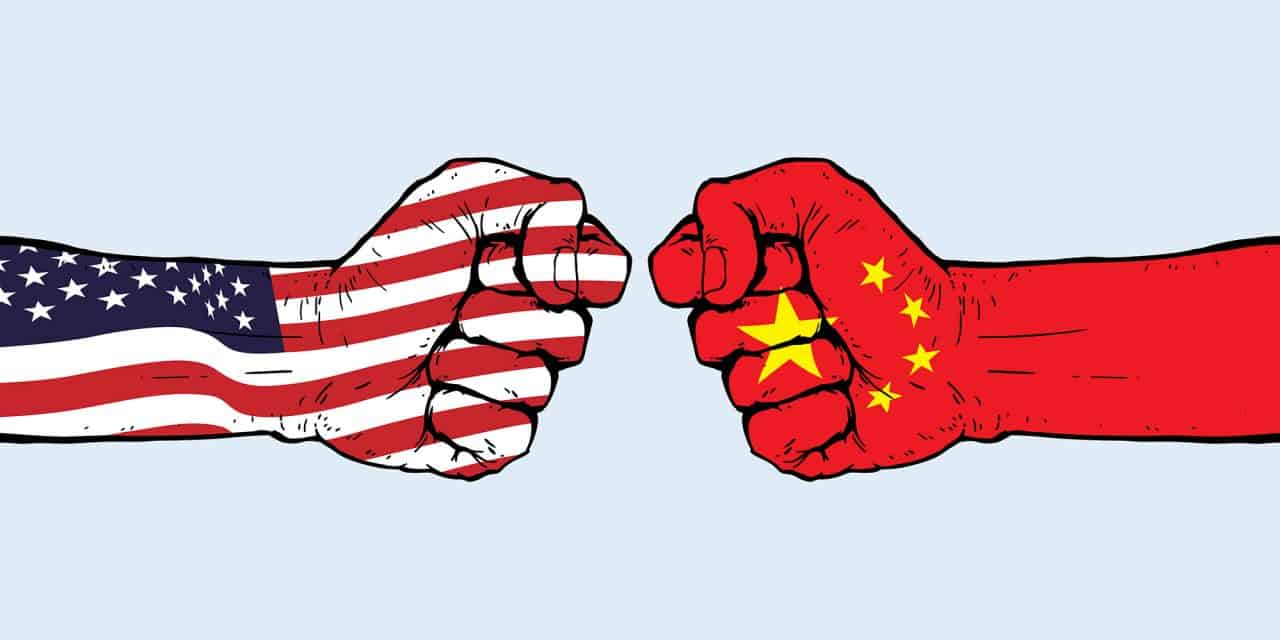Simply put, a trade war is a back and forth escalation between countries, imposing a series of tariffs on goods which drive the price of other countries’ imports up.

China and the United States are on the brink of a full-scale trade war, as both sides escalated their threats of imposing new trade tariffs. On June 18, President Trump ordered his administration officials to draft plans for tariffs on a further $200 billion in Chinese imports if Beijing follows through on its threat to retaliate against U.S. duties on imports announced recently.
As the conflict over trade has intensified, China has sought to align itself with Europe as a way of pushing back against the U.S.’s economic and trade policies.
Historically speaking, U.S imports have been on the rise since the mid-90's, with the main reason being the device you are reading this article on. The U.S. uses tariffs as a means to protect American jobs from going overseas and punishing the theft of intellectual property while the Chinese use tariffs as a retaliatory measure. Thus tariffs against Chinese imports open up the possibility for currency devaluation as a means to lessen the blow. Either way, the loser in every trade war is the consumer despite the host nations good intentions. Keep a close watch on those tech devices and gas prices because they won’t remain that way for long.
[nutrition-ad]





Leave a comment
This site is protected by hCaptcha and the hCaptcha Privacy Policy and Terms of Service apply.